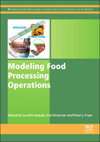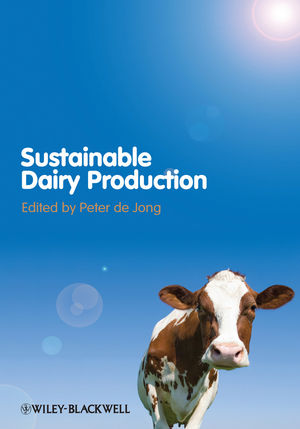Buying 3-A-certified equipment can expedite the regulatory process
The 3-A Symbol tells state and federal regulators that equipment meets a hygienic standard

Equipment without a 3-A Symbol may cost less than equipment bearing the symbol, but buyers must be aware that the price paid for equipment is often not the actual cost.
Equipment that meets the criteria for 3-A Symbol authorization is important because it expedites compliance with the Pasteurized Milk Ordinance (PMO), and thus also with many state regulations.
Due to budget constraints, many federal and state regulatory agencies do not have the resources or expertise to thoroughly inspect all the equipment installed in dairy plants. Additionally, the certifications for construction materials, especially rubber and plastic components, are extremely difficult or impossible to obtain after shipment. Therefore, the best assurance of proper design and fabrication for everyone involved is to purchase equipment that bears the 3-A Symbol.
Recently, a company was installing new equipment in a dairy processing plant, and the state regulatory inspector required that it meet the 3-A Sanitary Standards prior to start-up. The equipment appeared to meet the standards, but on closer inspection, there were some design and fabrication flaws that could have easily become a source of microbial contamination. This required corrective action, which was very costly to the equipment supplier and delayed the project by several months.
There also was an ice cream processor that purchased a mixing tank that was purported to meet the regulations. Externally, the tank appeared polished, but inspection showed there were many features that did not meet standards. The mixer could not be used for processing a dairy product. If the tank had been verified by the 3-A Symbol, this problem could’ve been avoided.
Stamp of assurance
The Third Party Verification (TPV) inspection of sample finished equipment, required before a 3-A Symbol can be used, is a critical component to affirm that the equipment fabricator has a quality assurance process and manufacturing oversight to ensure all equipment supplied with the 3-A Symbol conforms to the appropriate 3-A Sanitary Standards. It is, therefore,
a stamp of assurance to the local, state and federal regulatory inspectors that the equipment will comply with the PMO, without further detailed inspection or scrutiny.
During the TPV inspection, an independent inspection professional, known as a certified conformance evaluator, visits the fabricator site and verifies the fabricator’s quality program, material certifications, weld quality, surface finish, corner radii, cleaning method, drainability, access for inspection and other sanitary design features. The fabricator must maintain an Engineering Design and Technical Construction File, with documents available for a period of 12 years after the equipment is shipped for traceability.
After the equipment is delivered, it is the responsibility of the dairy processor or its installation contractor to install the equipment in accordance with the fabricator’s instructions and with 3-A Accepted Practices.
It is also essential that the cleaning process then be validated under conditions of use. Further, the equipment must be properly maintained to ensure that it continues to operate in a sanitary manner. Additionally, there is a 3-A Replacement Parts and System Component Quality Certification program in place to verify the conformance of replacement components for process equipment.
The 3-A SSI website provides a list of all equipment fabricators that hold symbol authorization. This is used widely by regulatory sanitarians, and it can be incredibly helpful for design engineers or purchasing agents.
Purchasing equipment with a 3-A Symbol is the best method to ensure that the equipment will be of a sanitary design and fabricated with nontoxic materials, and that it will meet the regulatory requirements for dairy processors.
Looking for a reprint of this article?
From high-res PDFs to custom plaques, order your copy today!








